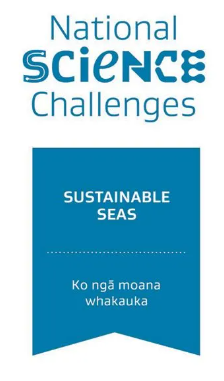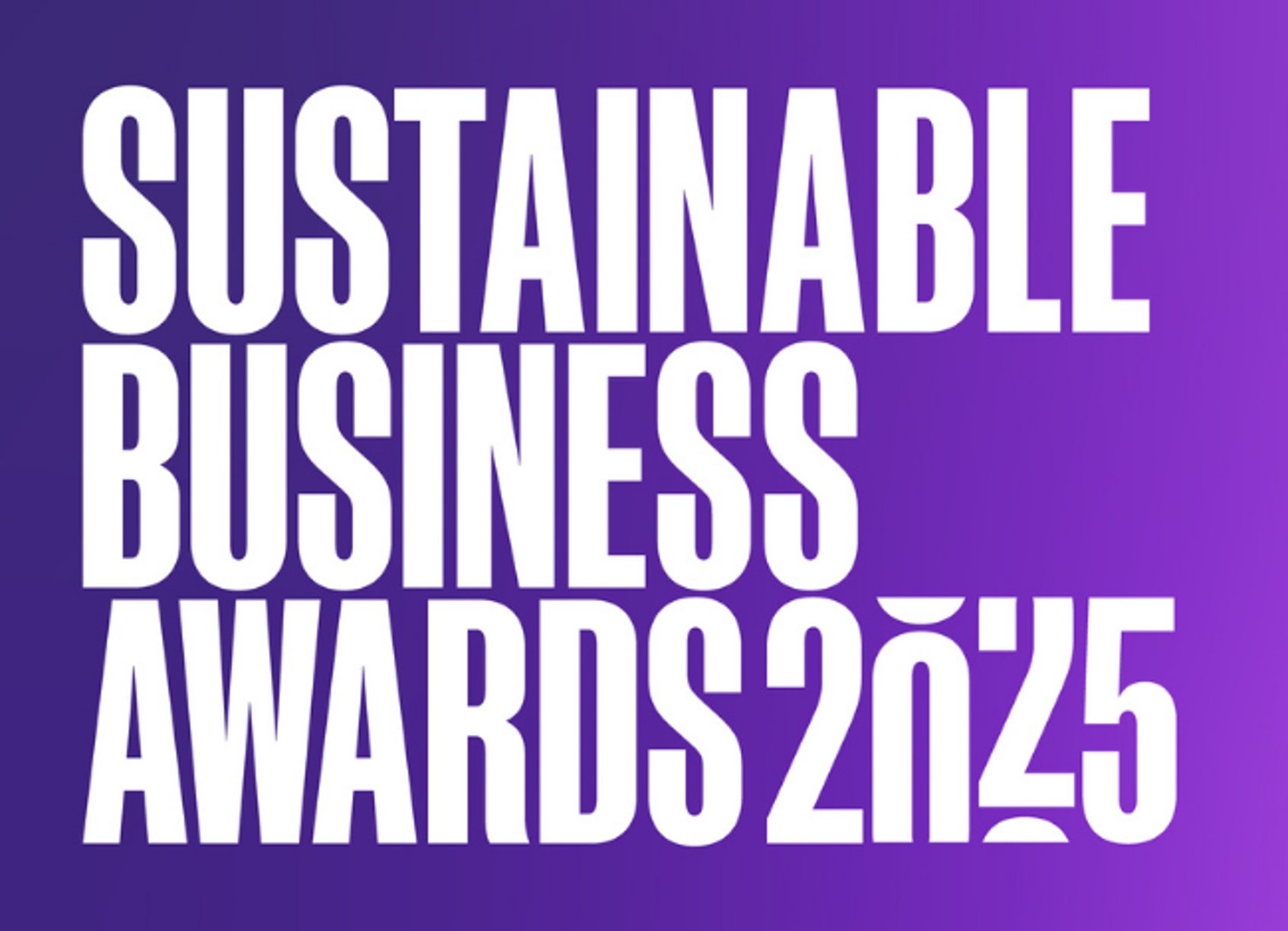
During seven years of science communication work across five of the National Science Challenges in Aotearoa, and in our other science communication work with clients, we used a wide range of communication channels. Each channel was chosen because of the priority target audience and the impact goals.
Here’s five science communication channel examples we gave in our Science Communicators Association of New Zealand workshop at the national conference, November 2024.
Science communication channel examples

1 Our Land and Water National Science Challenge
Project: Imported Feed
Impact Goal: to reduce our exposure to risk from relying on imported feed.

2 Ageing Well National Science Challenge
Project: Ka Mua Ka Muri (“10 year Celebration Book”)
Impact Goal: to speak to an interested, intelligent lay audience summing up what the whole challenge was about “to bind these learnings and weave them into future Kaupapa”.

3 Sustainable Seas National Science Challenge
Project: Media relations – coverage included over 100 articles across publications ranging from Marine Farmers Association Newsletter to Newshub.
Impact Goal: to generate awareness and inspire discussion about the Blue Economy and Ecosystem-based management (EBM).

4 Project:Moonshot
Project: Te Takarangi
Impact Goal: to present an Indigenous Māori View of Doughnut Economics by re-imagining Kate Raworth’s Circular Economy model through a Tūhoe Māori lens.

5 Papawhakaritorito Trust
Project: He Whenua Rongo – an Indigenous Seed, Soil and Food Sovereignty Symposium
Impact Goal: to attract 200+ participants per day to a three day wānanga in Tāmaki Makaurau.
Science Communication Channel Planning – a metaphor

The 3-pins represent different ways you can connect with audiences using different channels to create impact from your science communications.
One pin represents digital marketing in which you as communicator, or researcher or your organisation are the publisher – your website, your social media channels, such as Bluesky, Instagram or LinkedIn as well as other regular digital communications channels such as webinars you host, your YouTube channel, podcasts, emails or blogs.
Plan how you will use or develop these digital channels to target your audiences and build reach, engagement and potential impact. Be selective. You don’t need to use every channel. It’s better to use a few channels well than a lot poorly.
You can use the content in multiple ways across channels, linking back to it and making it relevant to each different context and audience.
Social media channels – as you might expect from the name – involve you and a crowd. It’s a two way medium where the response is often more important than what you put out. Social media is fast and fluid and the perfect way to listen, learn about reactions and adapt your content to suit. You’re not limited to your own content – share fellow research project or organisation stories, appropriately selected for your audience, and they might do the same for you.
Remember you generally have more control over your content on your own website than on social media – so it’s worth having all paths and links feeding back to your site or project landing page. Have your deepest, richest content on your own website and search engines will serve you well too.

Fabulous science communicators co-creating channel ideas in the GoodSense SCANZ 2024 workshop

More fabulous science communicators co-creating channel ideas in the GoodSense SCANZ 2024 workshop
The second pin in the plug represents physical places and events – communication channels where you can meet or bring your audience together in person. It might include symposium, wānanga, meeting with a Minister, visits from overseas researchers, conferences, exhibitions or field days. Think communication channels with a real world presence. Humans are mammals and there are times when physical presence is more powerful than pixels.
Again, plan to do a little, well. Think about what displays, human interaction, physical models or tactile artefacts might help your physical communication channels have more impact. And use the physical communication to create digital content you can feed out in your own digital or other people’s communication channels, amplifying the impact of your communication and the science, by stimulating asynchronous engagement during and after the physical communication by attendees and non-attendees.
Other peoples’ channels are represented by the third pin in our plug metaphor. These communication channels, published or curated by others, give your communications credibility and reach you can’t get on your own.
For media relations, the opportunities have never been greater and the demand for interesting stories is strong. Journalists and editors at traditional media outlets are hungry for quality content and need skilled science communicators to help them make sense of science for their audiences.
The Science Media Centre in New Zealand is growing. Associations, organisations, businesses and bloggers publishing their own content have readers and followers to educate, inspire and entertain. Beyond media, think about the ways allied organisations communicate – might they host regular webinars or podcasts that reach your audience, where your story might be a fit, giving you and the host more impact? Having a third party share your content gives it kudos and gets it before audiences who might not otherwise discover you.
These three power plug pins of science communication and storytelling – your digital and physical communications, and other peoples’ channels, are the essence of success.
Great content shared in the physical world, digitally and amplified by others’ media should drive every science communications plan.
The GoodSense science communication channel planning tool
For a practical guide to write or refresh your pathway to impact communications download the tool here
What’s next for your science communication channels?
If you’d like a hand to work out where next, find out more about our freelance science communication team and services at GoodSense.
To talk more about your science communication channel planning, facilitation for your science project team’s comms planning, with story development, science media relations, or getting help communicating for impact in any other way, please contact us. We’d love to hear from you.













